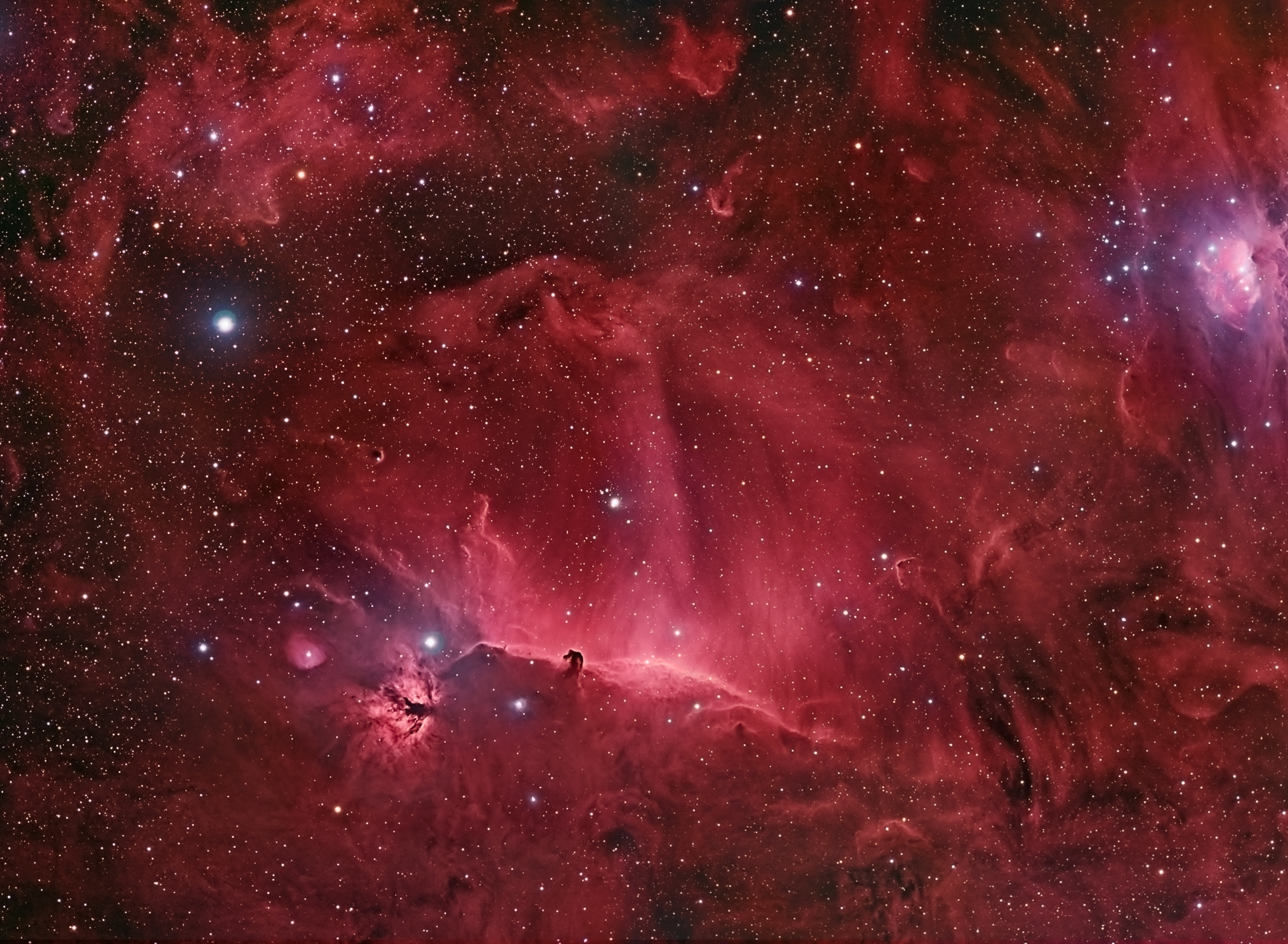 Summer nights are short, making it more challenging to enjoy the night sky. But days are long, and the Sun often provides some fireworks to make things interesting. Right now, the Sun is moving into a period of maximum solar activity. Maximum solar activity comes as part of an 11 year cycle in which we observe peaks and valleys in the number and size of Sunspots, with the next peak in 2012.
Summer nights are short, making it more challenging to enjoy the night sky. But days are long, and the Sun often provides some fireworks to make things interesting. Right now, the Sun is moving into a period of maximum solar activity. Maximum solar activity comes as part of an 11 year cycle in which we observe peaks and valleys in the number and size of Sunspots, with the next peak in 2012. Sunspots are areas on the surface of the Sun where magnetic fields have caused a disturbance in the normal flow of heat from the core of the Sun , and the areas appear black through Earth-based solar telescopes. These areas are "cooler" than the surrounding surface of the Sun (I'm not sure if the term "cooler" applies to the surface of a 10,000 degree star!), which means that Sunspots check in at about 5000 degrees. With a well filtered telescope, the areas look black by contrast to the extremely bright solar surface, known as the Photosphere. It's one of nature's truly fascinating phenomenon, and a wonderful thing to see directly through a telescope.
Our eyes are sensitive light sensors, and are completely overwhelmed when you look directly at the Sun. The heat from the intense radiation of the Sun can cause blindness in a matter of seconds. Fortunately we instinctly look away from the Sun and preserve our vision naturally. Experienced astronomers, however, can safely use solar filters on telescopes to cut the brightness of the Sun to the brightness of the Full Moon, and hence use a standard telescope with a filter to enable daytime astronomy. In San Francisco, you sometimes find a Sidewalk Astronomer showing off the Sun during the day. With the increase in Sunspots during 2011 and into 2012, I'll be out on the sidewalk doing this from time to time, and even if you don't have access to a solar telescope, you can check out Sunspots on the solar surface daily at the excellent website SpaceWeather.com. This website has some very amazing images of the Sun and other space-related "weather" items.
Remember: only view the Sun with properly designed filtering intended for safe solar viewing.
Image courtesy of SpaceWeather.com.











